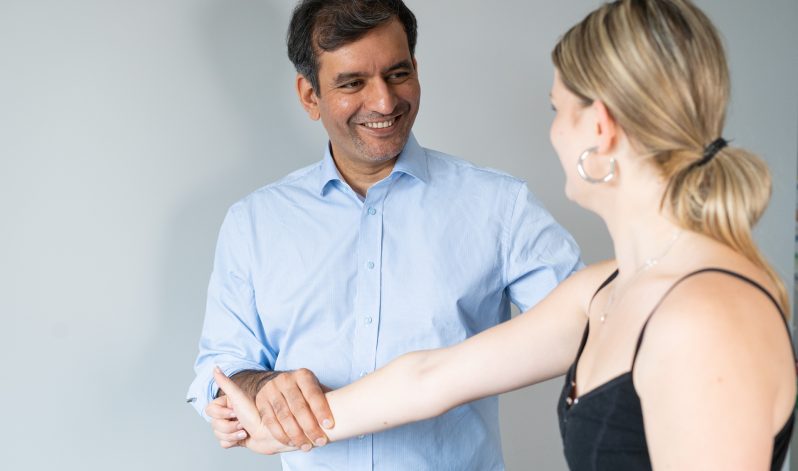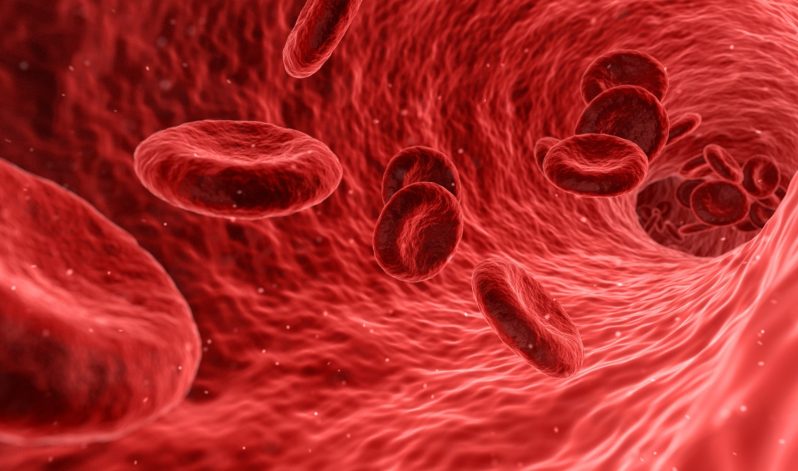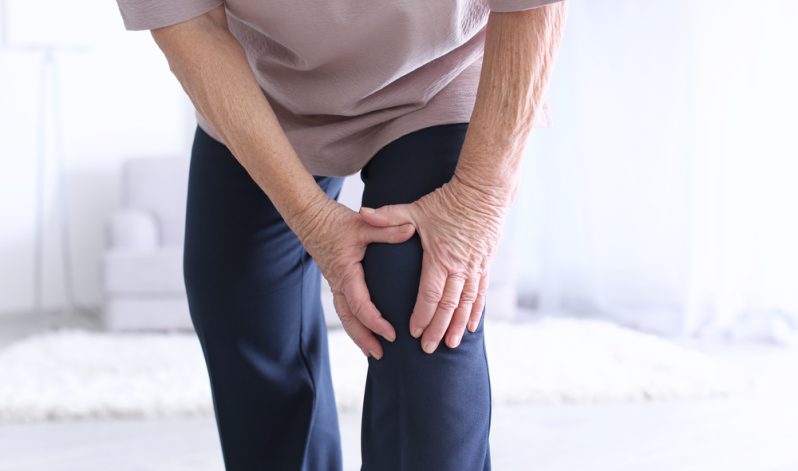
“Any treatment only gets you off the blocks – time and rehab gets you to the end of the race,” so says Mr Ali Noorani, Upper Limb Orthopaedic Surgeon Royal London and one of our regenerative medicine ‘champions’ here at The Regenerative Clinic.However, if you are experiencing problems with your elbow, what are the options for tennis elbow and elbow surgery?The elbow is without doubt a complex joint. The elbow is formed by the joining of three bones – the humerus, (upper arm bone), ulna, (outer forearm) and radius, (inner forearm). The elbow joint is surrounded by muscles on the front and back sides and there are 3 major nerves that cross the elbow joint itself and must be protected. The elbow has two basic movements – bending (flexion) and straightening (extension) and forearm rotation (palm up, palm down).Tennis Elbow – is a common elbow injury that causes pain around the outside of the elbow and is clinically referred to as lateral epicondylitis. It occurs after overuse of the muscles and tendons of the forearm near the elbow joint causing swelling and pain. Pain will occur on the outside of the upper forearm just below the bend of the elbow when lifting or bending the arm, gripping small objects such as a pen, or twisting the forearm when turning a door handle or even opening a jar. There may also be extreme difficulty in fully extending the arm.The elbow joint is surrounded by muscles that move the elbow,wrist, and fingers. Tendons in the elbow join the bones and muscles together and control the muscles of the forearms.Tennis elbow is caused by overusing the muscles attached to the elbow which are used to straighten the wrist. If the muscles and tendons are strained, tiny tears and severe inflammation can develop near the bony lump (lateral epicondylitis) on the outside of the elbow.Tennis elbow is not solely caused by playing tennis but by any activity which causes repetitive stress and movement in the elbow – for example decorating, throwing, playing a musical instrument. Golf can also cause ‘Golfers elbow’ which is pain that occurs on the inner side of the elbow.So what are the invasive procedures that can help restore motion and relieve pain in the elbow?In the past there has been so much surgery performed on elbow injury, however leading Orthopaedic surgeons have confessed that the evidence for successful outcomes are not completely there.A patient can turn to alternative simple treatments to relieve pain such as rest or completely stopping the activity altogether. Stopping doing the tasks altogether will alleviate the strain on both the muscles and tendons from the repetitive action. Regularly using a cold compress or physiotherapy could also help.The physiotherapist will use a variety of methods to restore function and movement to the area such as massage and manipulation to relieve pain and stiffness and to encourage the blood to flow to the arm. Exercises will keep the arm mobile and help to strengthen the forearm. Braces, straps, support bandages and splints could also be used but only in the short term.Shockwaves are a non invasive procedure where high energy shockwaves are passed through to the skin to help relieve pain and promote movement in the area, however in some cases this method proves ineffective.Minimally invasive regenerative alternatives to surgery and such things as steroid injections can also offer pain relief and allow a patient to return to a full and active lifestyle quicker, and there is also no risk or replacement joint failure and revision surgery.Steroid injections contain man made versions of the hormone cortisol and are used to treat painful musculoskeletal issues. The injection is made directly into the painful area around the elbow. They are, however, only likely to provide short term relief and long term effectiveness is not guaranteed.Noorani says; “Compared to steroid injections, PRP therapy is more effective treatment for tennis elbow.”Leading orthopaedic surgeons are now looking to stem cell therapy to treat elbow conditions to eliminate pain completely and remove the need for surgery. The treatment is minimally invasive, avoids all the complications and risk of surgery and allows less time for full patient recovery. Stem cell therapy includes the use of PRP, Lipogems®, and AMPP® therapy (a combination of the two – PRP and Lipogems).The use of orthobiologics including Platelet Rich Plasma (PRP) are an extremely effective way of treating tennis elbow when both physiotherapy and rehabilitation has failed. It uses growth factors from your own blood and involves injecting them in the area affected by tennis or golfers elbow and this helps the healing process. There is overwhelming evidence that PRP injections are far more effective in the healing properties than more traditional steroid injections.PRP takes advantage of the bloods natural healing properties to repair damage to the cartilage, tendons, ligaments, and bones etc. It reduces pain, improves joint function, and enables the patient to resume activities far earlier. PRP supports the body’s self healing processes by using its own cells. Blood including platelets are important for clotting blood and contain proteins called growth factors which aid in the healing of injuries. PRP injections contain higher volumes and concentration of these growth factors which restores the injured tissue and reduces inflammation. The procedure is performed in an outpatient clinic and only takes an hour to complete. It is administered in three weekly intervals and ranges from only 2 to 6 injections and carries a low risk.AMPP® is also a minimally invasive procedure that uses PRP and Lipogems®. Lipogems® uses adipose tissue (fat) and uses its natural healing capacity to inject into the painful area.AMPP® treats injuries and ailments such as tennis elbow that limits daily physical activity and helps painful joints with a limited range of motion such as arthritis,osteoarthritis, joint degeneration, and soft tissue defects in tendons, ligaments, and muscles.The advantages of AMPP® are numerous – minimally invasive, a successful alternative to surgery, it can aid patients in post surgery, there are no major incisions or cuts, it helps with long term conditions that limit daily activity, aids pain relief, and helps with tendon,ligament and muscle problems.Surgery – Elbow surgery is always challenging as it is such a relatively small and complex hinge joint. This alongside the fact that patients are living longer means that longer lasting and more durable solutions and implants are needed. Revision surgery is never ideal. Surgical options are only considered when medications and other measures don’t relieve severe joint pain and loss of motion.Arthroscopy – elbow arthroscopy has been traditionally used since the 1980s and the term literally means to look within the joint. Arthroscopy is recommended if the condition has become so severe that it is unresponsive to any non surgical treatment.During the arthroscopy a surgeon inserts a small camera into the elbow joint. The camera displays pictures on a television screen and the surgeon uses these images to guide miniature surgical instruments.Because the instruments are so thin, the surgeon can make very small incisions and cuts rather than the larger ones needed for open surgery. This means less pain for the patient, less joint stiffness, and a shorter recovery period so that they can resume activity as soon as it is possible. Arthroscopy relieves the painful symptoms of many problems that damage the cartilage surfaces and other soft tissues that surround the joint. This procedure can also remove loose pieces of bone and cartilage and release scar tissue blocking the bone.Common arthroscopic procedures include – tennis elbow treatment, removal of loose cartilage and bone fragments, release of scar tissue to improve range of motion, treatment of osteoarthritis through wear and tear, rheumatoid arthritis, and treatment for activity related to the humerus seen in both sports throwers or gymnasts.Recovery from arthroscopy is often faster than open surgery but can still take weeks for the elbow joint to completely recover. There will be pain and discomfort for over a week after surgery and for more extensive procedures, it can take several weeks before the pain subsides. Pain medication will be needed and anti inflammatory drugs. The elbow has to be elevated for the immediate 48 hours following surgery to reduce the risk of swelling and pain. It also has to rest higher than the heart and the hand higher than the elbow. Both ice and elevation methods are used and the fingers and wrists are encouraged to move immediately and frequently to aid circulation and reduce swelling. Exercises and moving regularly prevents joint stiffness. The wound will be dressed and the splint removed 2/3 days after surgery.There are always risks to any surgical procedure. In elbow arthroscopic procedures the risks include infection, nerve irritation, injury to the elbow itself, excessive bleeding, blood clots, and damage to the blood vessels and nerves. Recovery times are dependent on the elbow damage itself. Minor repairs may not need a splint and a range of motion and function may return after a short period of rehabilitation even meaning a return to work and activity within a few days. In more complicated procedures, it can take several months to recover and it can be a slow process. The patient must follow strict guidelines set by the surgeon and a strict rehabilitation plan of physio for the elbow.Total elbow replacement/open surgery – in a total elbow replacement surgery, the damaged parts of the humerus and ulna are replaced with artificial components, similar to a hip or knee replacement. The artificial elbow joint is made up of metal and a plastic hinge with 2 metal stems. The stems fit inside the hollow part of the bone called the canal. The two components – the numeral and the ulnar aren’t mechanically joined, relying instead on surrounding tissue for joint stability. The average recovery time for this replacement is 12 weeks.There are differing types of elbow replacements for different requirements and needs. They can involve different components of different sizes and full or partial replacements. The causes again include rheumatoid arthritis, degenerative joint diseases, post traumatic arthritis, severe fracture, and instability. They can treat golfers/ tennis elbow, repair ligaments, repair fractures, replace the elbow joint itself and decompress the ulnar nerve ( funny bone).Replacement surgery is usually reserved for older and less active patients with end stage inflammatory arthritis as the surgery successfully relieves pain and restores motion to severely damaged and deformed joints but wear and tear on the replacement is always a concern and the fact that the implant may not last long.Complications- the complication rate for elbows is larger than any other joint. They can loosen and they do wear out. The linked implants wear out and the unlinked implants can dislocate easily. Indeed 25% of elbow replacements fail at 5-7 years and this can sometimes be caused by the original poor quality tissue in the joint and sometimes even due to the effects or arthritis drugs themselves. In addition to this there are very few revision options for a failed elbow. ‘ You can go from having an arm that can do light things quite well to an arm with no function at all.’The advice seems to be clear that when considering treatment for a troubled elbow that all non invasive methods must be considered and tried first and that improvements will only be made by following a strict recovery plan afterwards











